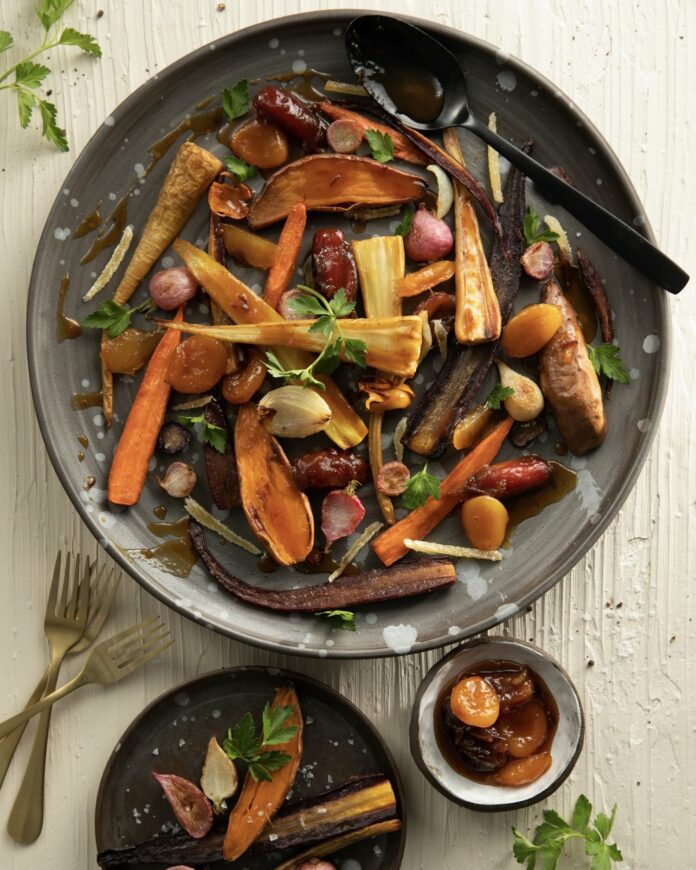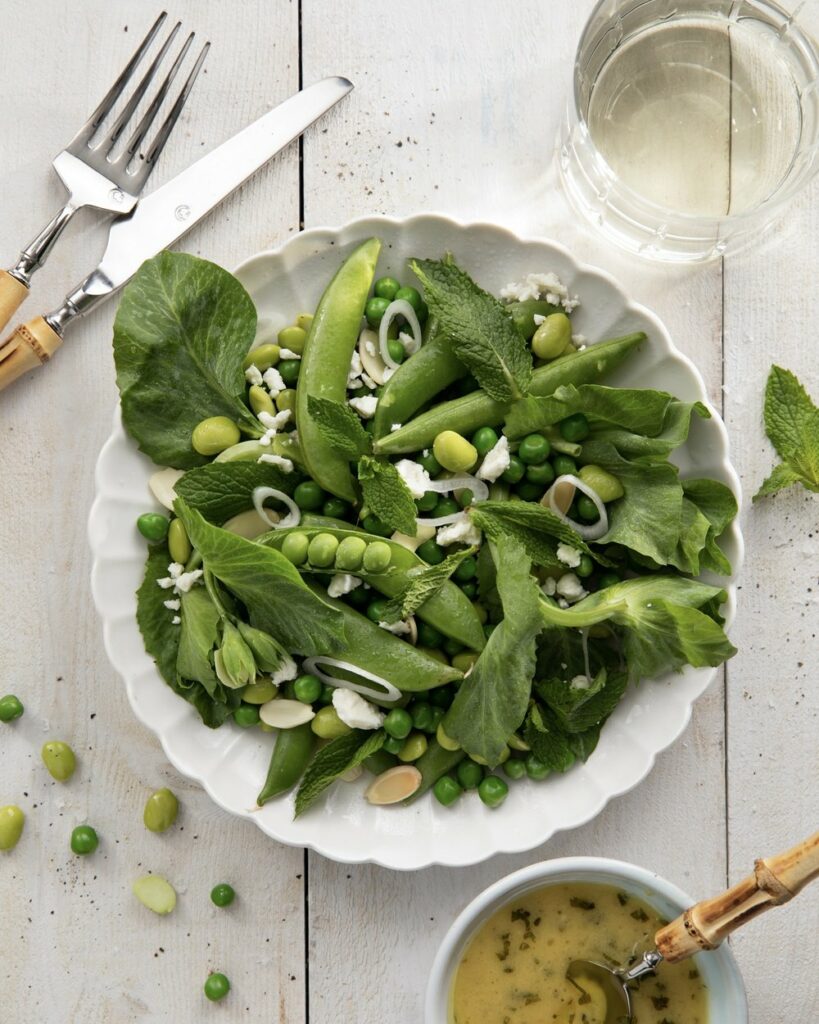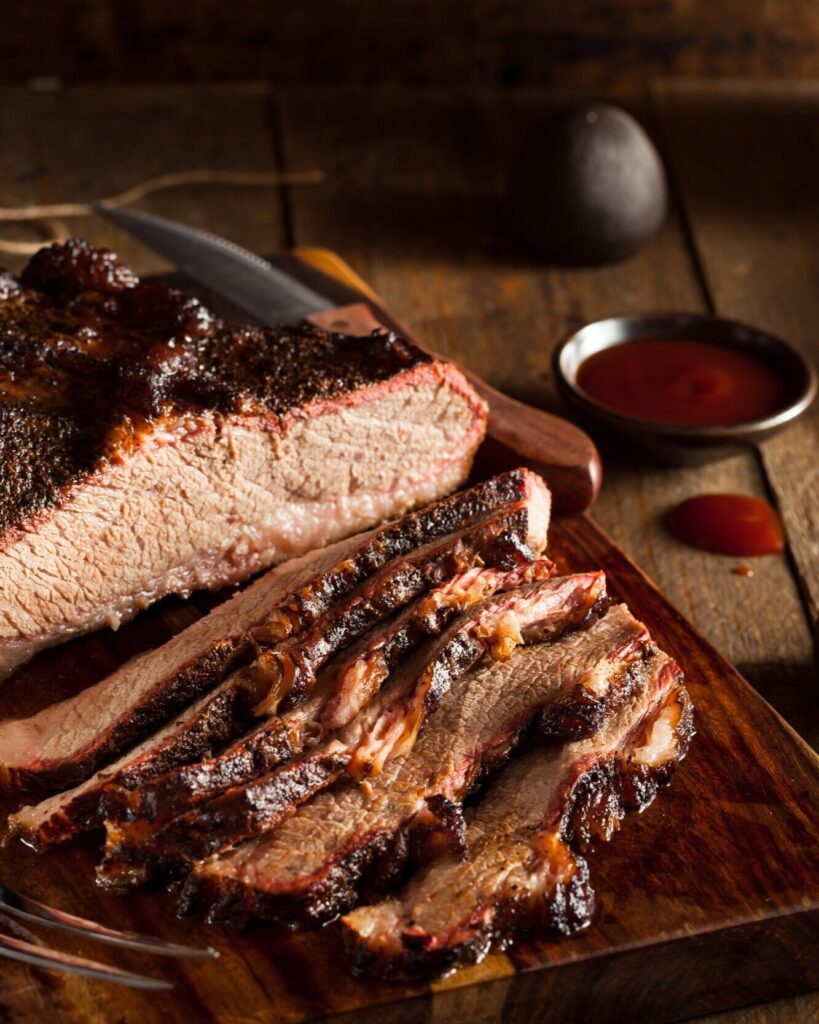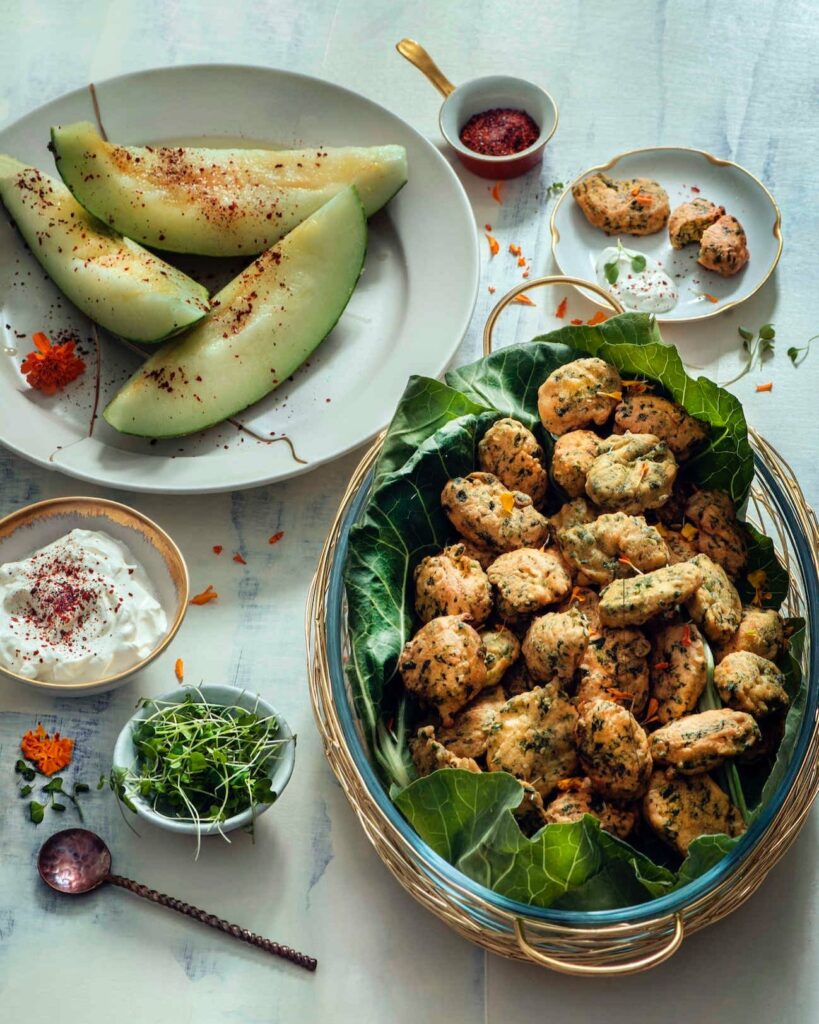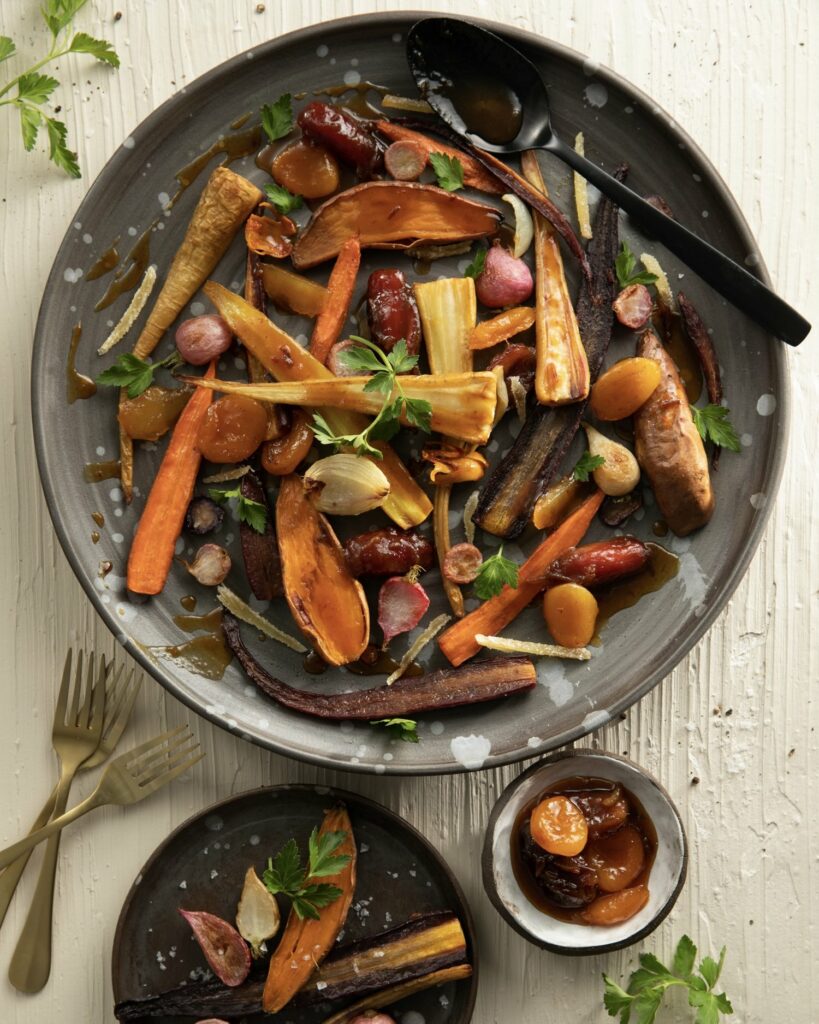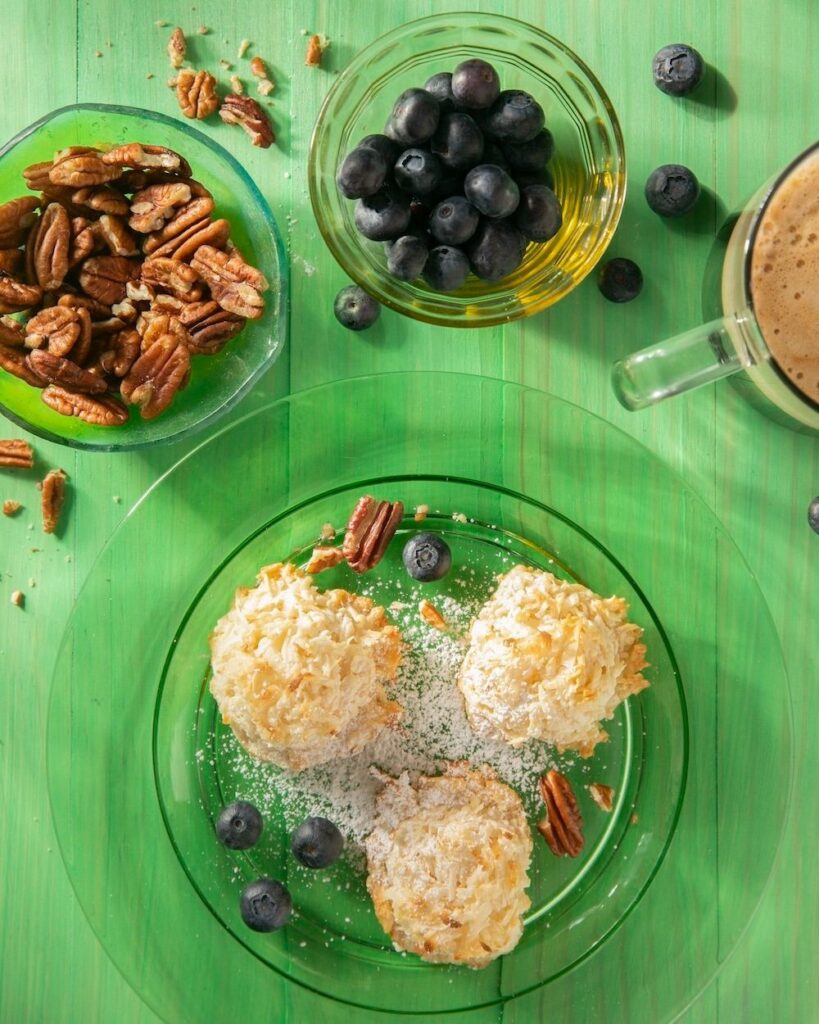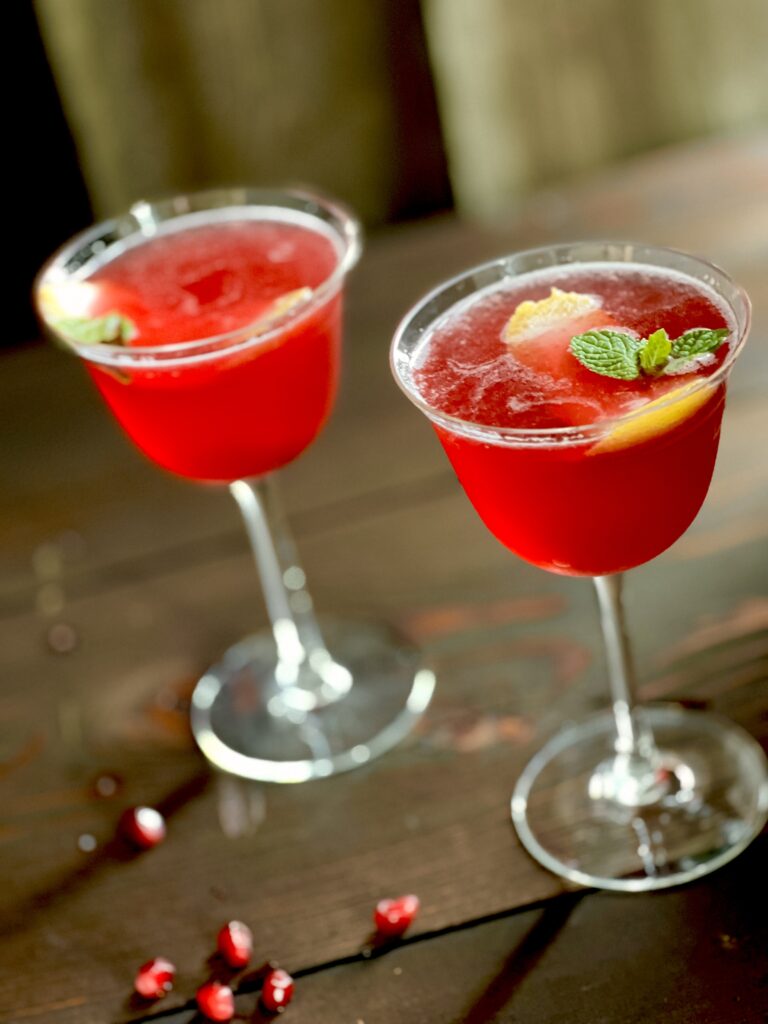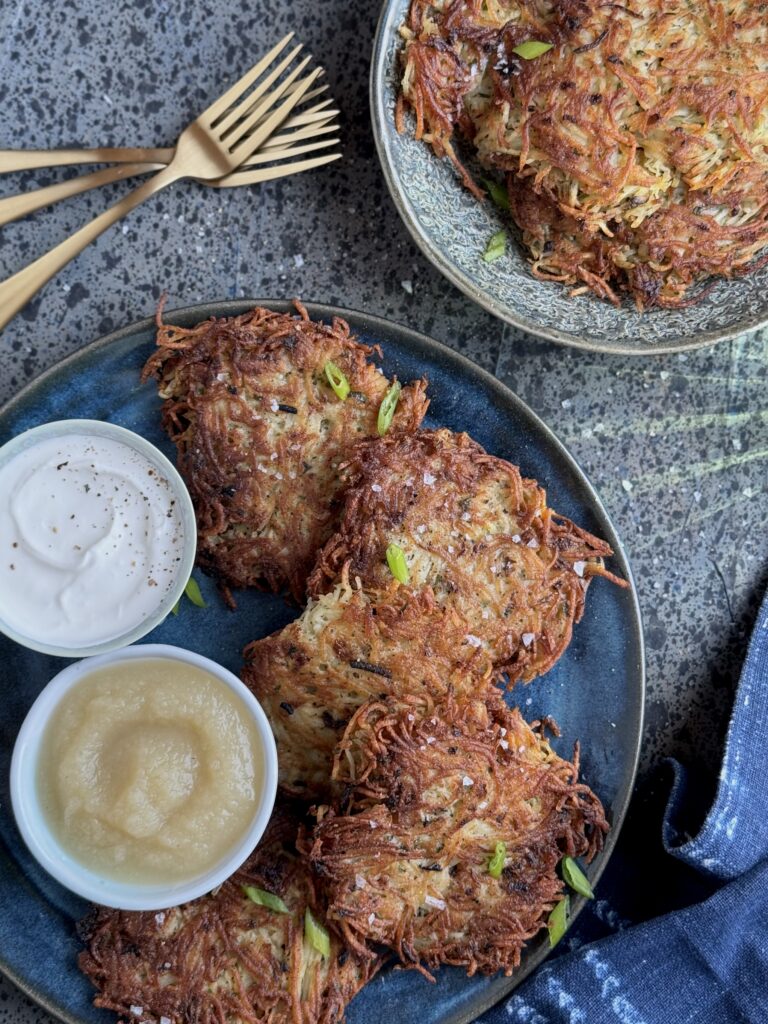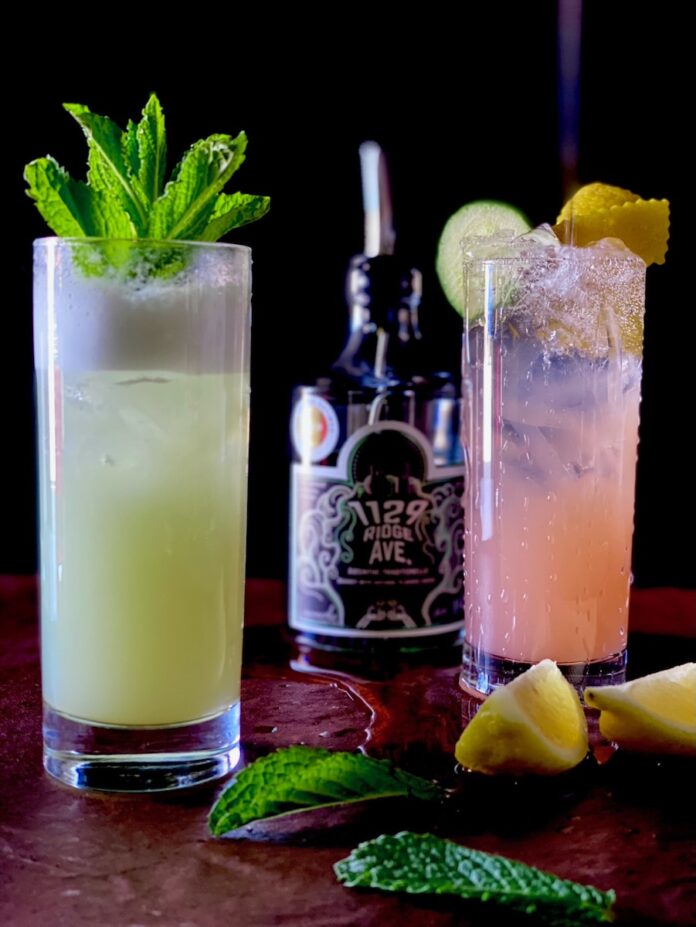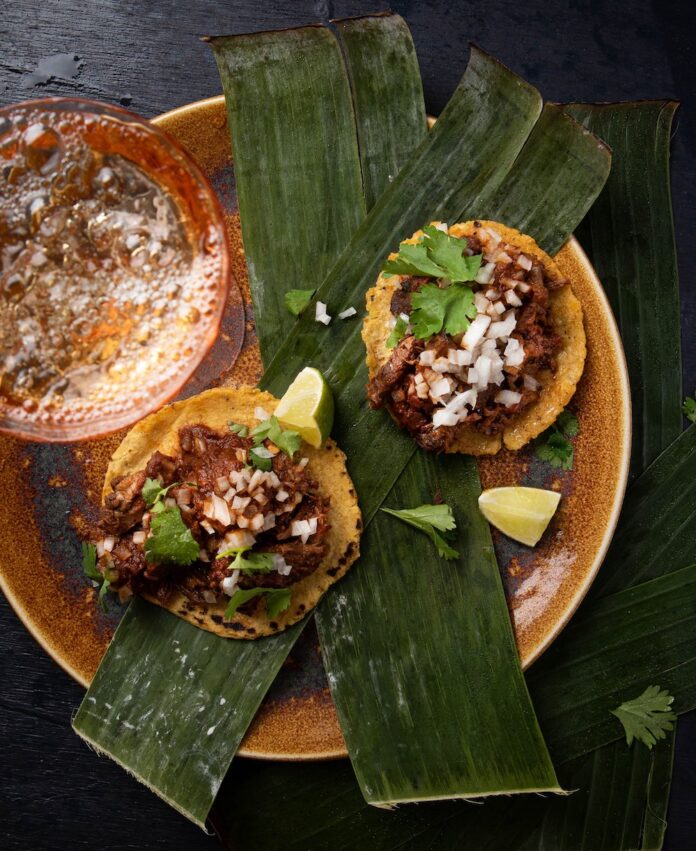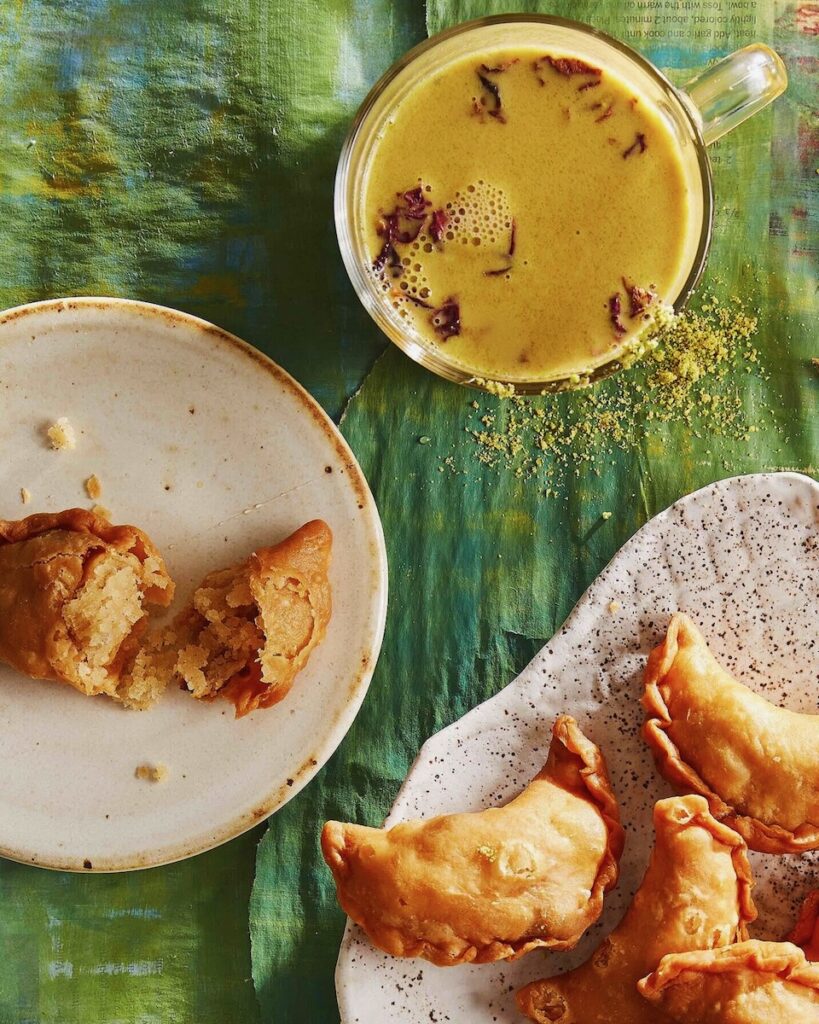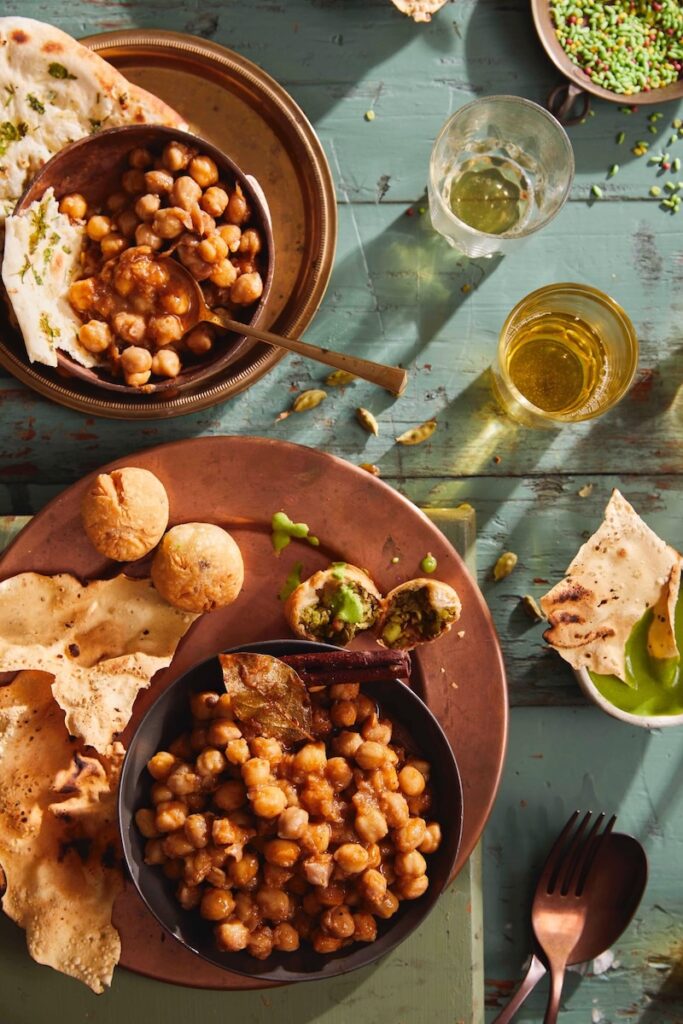Vermouth is a chameleon. It’s one of the most common cocktail ingredients, providing its flavors to the Negroni, the Manhattan, and the martini. Its complexity is due to the compositional characteristics it shares with wine. That’s logical because, after all, vermouth is fortified wine. To make it, a producer uses a wine as a base, then fortifies it by adding an alcoholic aromatic herbal mixture. It’s neither a spirit nor a wine—it has the aromatics and strength of gin but the body and complexity of wine, adding to its chameleon-like nature.
Vermouth is the Apéritif You Need Right Now
Part of what makes vermouth so dynamic is that it’s as quaffable on its own as it is in a cocktail, and perfect as an apéritif (a pre-meal drink). An apéritif needs to be stimulating and tantalizing, not just in its flavor profile and its qualities but in how it can set the mood for the rest of the meal.
Vermouth has the sensuality and mystique of wine without some of the heaviness or unapproachability. The aromatics add something new to it, as well. Though Americans aren’t quite on the solo-vermouth train, once you start sipping it, you’ll never want to stop.
What Makes a Vermouth a Vermouth?
The Italians have a strict definition of what is and isn’t vermouth. It has to be at least 75% wine, with an herbal infusion that includes artemisia (mugwort or wormwood). The name vermouth itself comes from a French pronunciation of the German wermut, meaning wormwood. Its history is an instance of multiple countries embracing the same idea. Hungary, Germany, and France all came up with wormwood-infused wine before the 17th century. It gained the most popularity in Italy and France. Italian Benedetto Carpano, an 18th century Italian merchant, came up with the style of sweet vermouth you’ll find in Italy now. The wine grape most commonly used to make vermouth is Moscato d’Asti, but in vermouth’s almost 400 year history, producers have found many different ways to develop it.
Vermouth’s production wasn’t all for pleasure. Throughout its history, alcohol has been used for medicinal purposes. Though it might sound a little outlandish now, during Prohibition people convinced doctors to write them prescriptions for whiskey. Infusing wine with wormwood was said to cure stomach disorders and kill intestinal parasites. Vermouth does contain sugar, which isn’t great for stomach health, but the herbs in it are anti-inflammatory. Just think, before Tums, there was vermouth! I know which one sounds better to me.
Sweet vs. Dry Vermouth
There are two sets of important distinctions in vermouth production, sweet vs. dry and rosso vs. bianco. That sounds a lot like wine, doesn’t it?
“Dry vermouths do still have a little bit of sweetness. You have to look at what flavor profile you’re going for, so sense of place is an important guide,” beverage manager Alyssa McGrath said. She pointed to Spain, Italy, and France as the three main vermouth producers that guide the style. Vermouth bianco (or blanc) is typically in the “Chambéry style” of France which will have a drier, lighter flavor with a mountainous feel, like a high-altitude wine. Lillet Blanc is a popular example of a white vermouth from Bordeaux, though it has a rouge version as well.
Rosso is what you’ll see in brands like Martini & Rossi or Carpano Antica Formula, darker in color and often slightly sweeter, with a fuller body. “Rossos are better for Manhattans, drinks that have whiskey in them,” McGrath explained.
By contrast, Spanish style vermouths like Lustau are sweeter but have a salty and rich flavor profile from the seaside terroir. McGrath noted that you “have to be in the mood for that style,” much like how the brininess of oysters isn’t an everyday flavor. But, luckily, vermouths keep longer than ordinary wine, so you can build your collection and enjoy every bottle at the right moment. “Fortification really stabilizes wine, so vermouths have a longer shelf life,” McGrath said. However, you should refrigerate your vermouth to store it, given that the botanicals can be delicate.
Vermouth and Food
Since vermouth is technically a wine, there’s a vermouth to pair with every dish. Teddy Savinda, who bartends at James Beard-nominated restaurant Fet-Fisk, coursed out vermouths for me to demonstrate how they pair with food. Fet-Fisk has an eclectic bar, often finding things that go beyond the obvious, so their vermouth selection is not limited to Italian or French classics. A Malbec-based Argentinian vermouth, La Fuerza, was a nice start along with a steak tartare. Then, an unusual American-made vermouth, The Plenum from Ploughman Cider, fortified with apple eau-de-vie, was an extra apéritif with the tartare, perfect with the saltiness of the chips in the dish.
For sipping alongside an intense and bitter radicchio salad, Savinda poured a Casa Mariol Vermut Blanco from Spain. The herbs and citric notes kept it from clashing with the vegetables, and anise notes paired with fennel in the salad. Then, a Contratte Bianco Italian vermouth accompanied my chicken wings. (It was a Monday, and Fet-Fisk’s Crispy Monday special is buttermilk fried chicken wings with herbed crème fraîche and Danish sea trout caviar). The Contratte Bianco was sharp and dry in contrast with the fattiness of the chicken wings. It combined Mediterranean grapes with the freshness of the bianco style.
Finally, Savinda paired a sweeter, nuttier Italian bottle, Vermouth Volume Primo, with Fet-Fisk’s walnut coffee cake. The flight of vermouths was an enjoyable accompaniment to the meal that provided a lighter, more casual experience than a glass of wine and complemented the food without overwhelming it.
Why Vermouth?
To pick the right vermouth, think about what kind of wine you like. Are you a red drinker or a white drinker? Do you prefer sweeter or drier? More Mediterranean or more Alpine? As an apéritif, vermouth is a beginning, brimming with potential for what the rest of the night holds. Sipping it should excite you for what’s next, whether from the meal or from the company you’re sharing it with. Or, you can sip it as a nightcap to show that the night isn’t over yet.
Vermouth feels like liquor in its purest form, far beyond the “let’s get trashed” ethos, but not the millionaire’s wine sitting in a cellar forever to age. It’s for enjoyment, to connect you to history and take some of the edge off of everyday life. Pour yourself some and enjoy.
For more, check out the rest of our liquor education series:
Wondering what to cook to go with your drink? Try our food education series:
Story by Emma Riva
Photo courtesy of Contratte Bianco
Subscribe to TABLE Magazine’s print edition.



